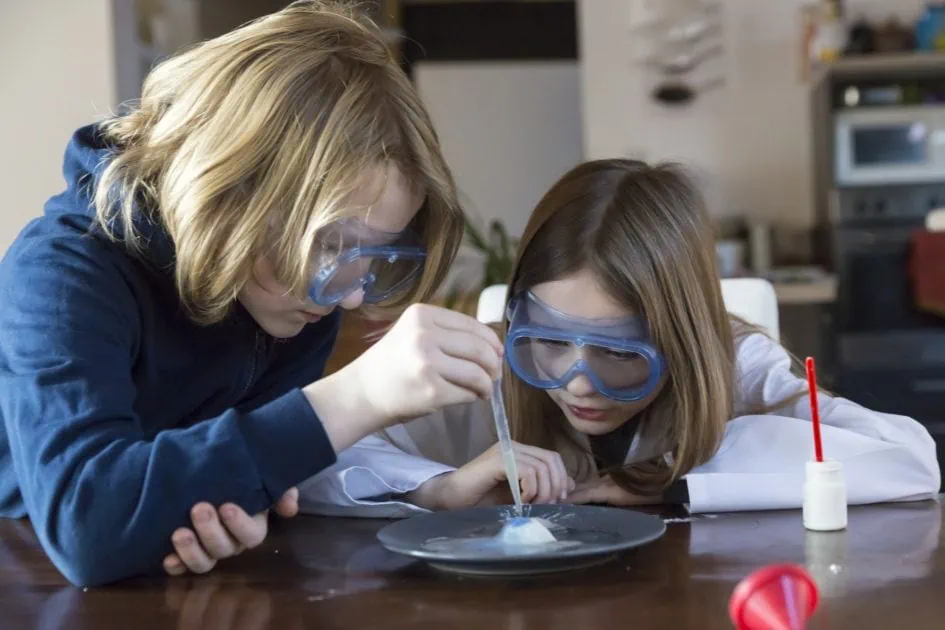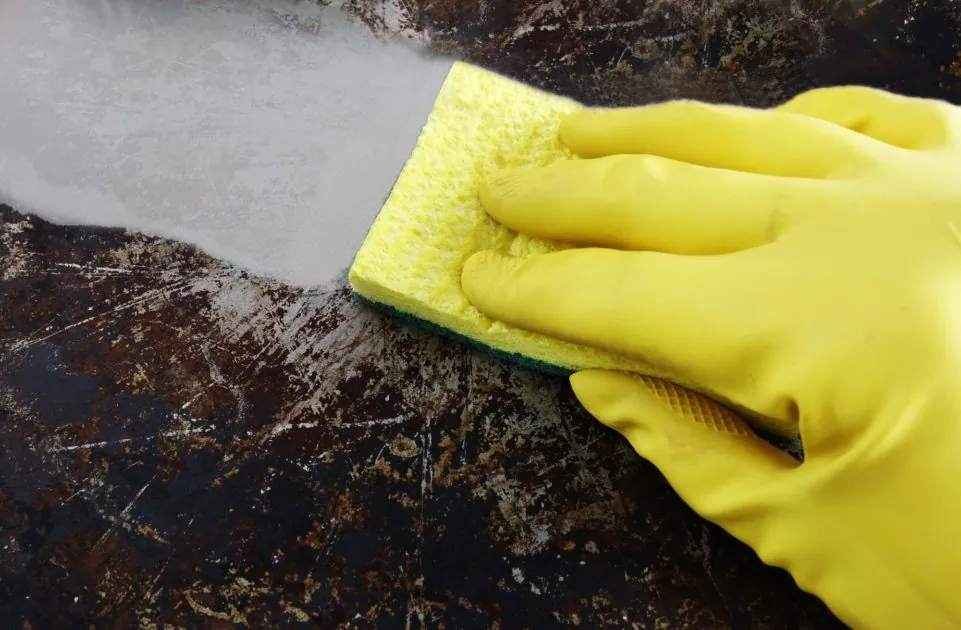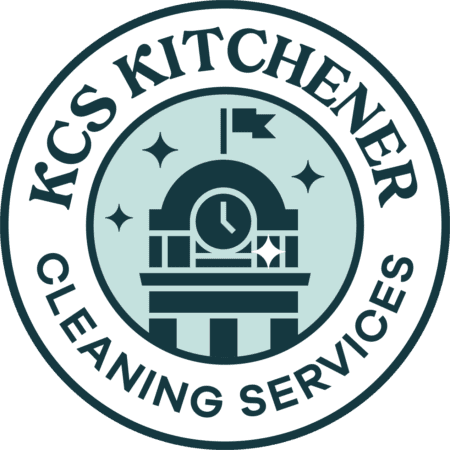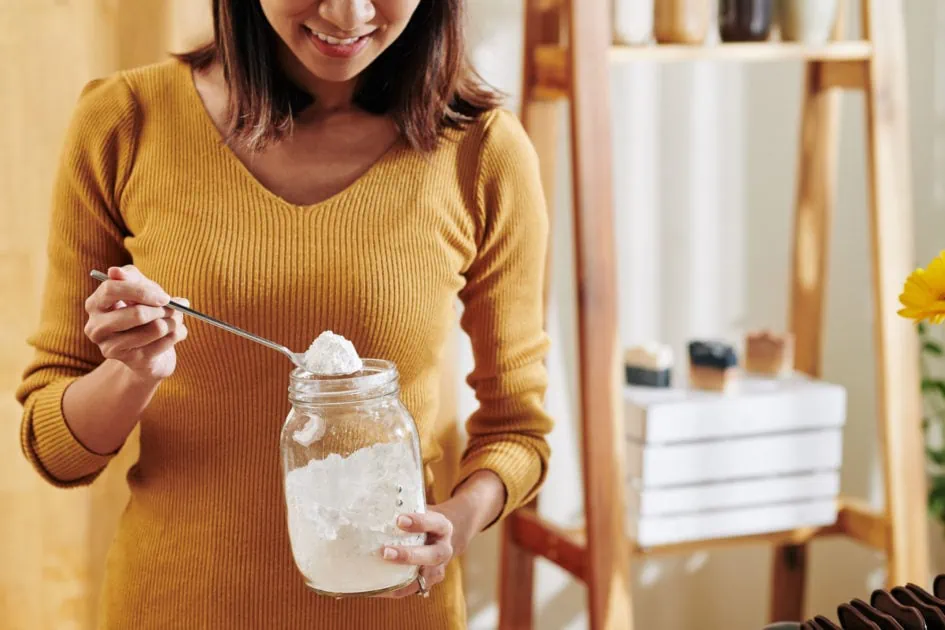This comprehensive guide is the go-to resource for everything you need to know about using baking soda for cleaning. It delves into the chemistry behind baking soda, detailing its structure and properties that make it a potent cleaning solution. It also compares baking soda to other popular cleaning agents, highlighting its efficiency and eco-friendly nature. The article also features practical ways to use baking soda for dry and wet cleaning and how it can be combined with other products for enhanced cleaning effects. Furthermore, it dives into specific applications of baking soda in household and outdoor cleaning—from the kitchen, bathroom, laundry to even jewelry and automobile cleaning. Lastly, the article discusses important safety measures, potential risks and proper disposal methods when cleaning with baking soda. From science facts to cleaning hacks—this is your ultimate guide to cleaning with baking soda.
Understanding Baking Soda
Baking soda, scientifically known as Sodium Bicarbonate, is a mild alkaline compound that has numerous applications in baking, cooking, cleaning, and health care due to its unique physical and chemical properties. It appears as a fine white powder that is odorless and slightly salty.
Introduction to Baking Soda
Baking soda is a staple ingredient found in nearly every kitchen. Known formally as Sodium Bicarbonate, it is derived from a naturally occurring mineral called Nahcolite. It is mostly popular for its function as a leavening agent in baking. Besides baking, its practical uses span across various domains like health care, personal hygiene, and cleaning.
Bonafide Benefits of Baking Soda
When you clean your home with baking soda, you sidestep the toxins and harsh chemicals found in some commercial cleaning products. This means a safer, healthier home for you and your family.
Baking soda also provides lots of cleaning power! It’s a mild abrasive, which can help scrub away tough dirt and grime. It’s also great at neutralizing odors, making your home smell fresh and clean. Plus, its natural whitening properties can help brighten up surfaces.
Last but not least, baking soda is a cost-effective solution for cleaning. It’s inexpensive and versatile. You can use it in every room of your house, from the kitchen to the bathroom, and even the laundry room.
In short, cleaning with baking soda is an affordable, effective, and healthy alternative to commercial cleaning products. Whether you’re tidying up your kitchen counters or freshening up your living room, baking soda might just be your new best friend.

The Science Behind Cleaning with Baking Soda
The efficacy of baking soda as a cleaning agent goes beyond old-fashioned wisdom. There’s practical chemistry at play here.
Chemical Composition of Baking Soda
Baking soda is composed of sodium ions and bicarbonate ions. It forms a weak base when dissolved in water. This property enables it to neutralize acids, break down proteins, and facilitate the removal of grime and grease.
How Baking Soda Works as a Cleaning Agent
Baking soda cleans in two ways. First, it acts in its dry form as a mild abrasive, scrubbing and exfoliating surfaces without causing damage. Second, when dissolved, it forms a basic solution that neutralizes acidic odours and substances, making it easier to eliminate stains and dirt.
Comparing Baking Soda with Other Cleaning Agents
Compared to commercial cleaning agents, baking soda has less environmental impact and is non-toxic. While other agents may have stronger chemicals that work faster, baking soda is gentler and safer for use around children and pets.

How to Clean with Baking Soda
Cleaning with baking soda can be done in several ways, depending on the task at hand.
Dry Cleaning with Baking Soda
Baking soda is a remarkably effective and environmentally friendly cleaning agent. When used in its dry form, baking soda works as a mild abrasive, able to tackle tough stains and build-up without scratching the surfaces. It’s known for its deodorizing properties as well, which makes it a favored solution for freshening up areas in your home that are susceptible to bad odors.
The science behind baking soda’s cleaning prowess lies in its pH scale. Being a mild alkali, baking soda causes dirt and grease to dissolve easily in water for effective removal. It’s a natural deodorizer because it interacts with odor particles and neutralizes them, rather than simply masking them like many commercial products.
The most common use-cases for using dry baking soda in cleaning are:
Carpet Deodorizer
Sprinkle a generous layer of baking soda over your carpets and rugs, let it sit for at least 15 minutes (or even overnight for bad odors), and then vacuum as usual. The baking soda will absorb any unpleasant odors leaving your carpets smelling fresh and clean.
Fridge Freshener
Place a box, or small, open container of baking soda in your fridge. The baking soda will work to absorb any strong smells from foods and keep your fridge smelling fresh.
Scrubbing Agent
Make a paste out of baking soda and a small amount of water. This paste can be used to scrub off grime and stains from various surfaces including kitchen counters, ovens, and bathtubs.
Shoe Deodorizer
If your shoes are developing a particularly unpleasant smell, baking soda can help. Sprinkle a small amount of baking soda into your shoes and leave overnight. It will absorb the odors, leaving your shoes smelling fresh. Remember to tap out any excess baking soda before wearing them!
Wet Cleaning with Baking Soda
In wet cleaning, baking soda is mixed with warm water to create a paste or solution. This is applied to the dirty surface, allowed to sit, and later wiped off.
Baking soda may be a powerhouse when used dry, but its versatility truly shines when it is combined with liquid. As a mild, natural alkaline product, baking soda in a wet form creates a reaction that helps lift grime and dirt, making it easier to eliminate. It’s this chemical reaction that also aids in deodorizing; baking soda targets the acidic molecules (which cause foul odors) and neutralizes them.
Here are some practical and most common methods of using baking soda in wet cleaning:
Drain Cleaner
Baking soda and vinegar can be used to clear buildup in your drains. Pour half a cup of baking soda down the drain, followed by half a cup of vinegar. Wait 15-20 minutes for the mixture to work and then rinse with hot water.
Grout Cleaner
A paste made from baking soda and water can effectively clean tile grout. Apply the paste to the grout, let it sit for 10 minutes, then scrub with a toothbrush before rinsing.
Produce Wash
Baking soda can help remove pesticides and dirt from fruits and vegetables. For this, sprinkle a little baking soda onto a clean, damp sponge. Scrub your produce and then rinse.
Silver Polish
Tarnished silver can be brought back to life with a solution of baking soda and water. Make a paste, rub it onto the silver with a clean cloth, and then rinse and dry.
Toilet Cleaner
Pour a cup of baking soda into the toilet and let it sit for an hour. Then flush. If staining persists, scrub with a toilet brush before flushing.
Stovetop Cleaner
Make a mixture of equal parts baking soda and warm water. Apply it to stubborn grease stains and scrub using a soft cloth or sponge. Rinse thoroughly after.
Combining Baking Soda with Other Products for Enhanced Cleaning
While baking soda is a standalone star in the cleaning world, coupling it with other natural products can amplify its cleaning power. Here are some combinations that work exceptionally well together:
Baking Soda and Vinegar
The combination of baking soda and vinegar creates a powerful cleaning solution. The acidic nature of vinegar and the alkalinity of baking soda cause a fizzing reaction that helps break down stains, dirt, and grime. This dynamic duo works wonders for cleaning drains, freshening up dishwashers, and removing hard water stains.
Baking Soda and Lemon Juice:
Baking soda and lemon juice together can tackle tough cleaning tasks. The citric acid from the lemon boosts the potency of baking soda, making it a great solution for cleaning greasy stovetops, freshening up cutting boards, and brightening up bathroom fixtures.
Baking Soda and Hydrogen Peroxide
For those stubborn spots and stains, mixing baking soda with hydrogen peroxide can create a powerful paste. This mixture can whiten tile grout, clean up greasy pans, and even serve as a non-toxic way to bleach laundry.
Baking Soda and Salt
A blend of baking soda and salt can be an effective abrasive cleaner. It’s great for scrubbing away grime without scratching surfaces and can be used to clean pots, pans, sinks, and ovens.
Baking Soda and Essential Oils
Mixing baking soda with essential oils can add a fresh, pleasant scent to your cleaning tasks. In addition to fragrance, many essential oils have antimicrobial properties that increase the effectiveness of baking soda. This mix is perfect for carpet cleaning, mattress freshening, and general room deodorizing.
By combining these readily available ingredients with baking soda, not only can you enhance the cleaning power, but you also get to customize it to your needs. Remember, always test a small area first when using these combinations to ensure they are safe for the material you’re cleaning.
Other Applications of Baking Soda in Household Cleaning
Baking soda’s versatility makes it applicable in several cleaning scenarios in the home.
Kitchen Cleaning
Baking soda can be used to clean dirty pots and pans, brighten dull silverware, and deodorize refrigerators and other kitchen appliances.
Bathroom Cleaning
In the bathroom, it can be used to scrub bathtubs, shower doors, and tiles, as well as to deep-clean toilets and unclog drains.
Laundry Cleaning
When combined with bleach, baking soda increases bleach’s effectiveness by 20%, making it excellent for whitening clothes. It helps eliminate tough stains, brighten dull clothes, and deodorize laundry.
Silverware and Jewelry
Baking soda restores shine to silverware and jewelry. A paste of baking soda and water, applied and washed off after a few minutes, can do wonders.
Safety Measures and Considerations
It’s important to remember that while baking soda is a natural and safe product, it should be used responsibly.
Understanding the Limitations of Baking Soda
Although it is versatile, baking soda cannot be used on aluminum items, antiques, marble, or delicate fabrics. It is also not capable of killing bacteria or fungi.
Potential Risks and How to Avoid Them
Despite its low toxicity, it can irritate the eyes and skin. It can also cause respiratory distress if inhaled. Always wear protective equipment if possible.
Disposal of Baking Soda after Cleaning
It’s essential to rinse and thoroughly clean areas or items after using baking soda to prevent potential damage due to prolonged exposure.
Frequently Asked Questions
It’s common to have queries about the appropriate use of baking soda. Can it be mixed with all cleaning agents? What concentration is best for different cleaning applications? Can it damage particular materials? The answers to such questions are critical for effective and safe cleaning with baking soda.
1. How effective is baking soda for stain removal?
Baking soda proves highly effective as a stain remover due to its mild alkaline nature. This composition helps to dissolve dirt and grease easily, making it beneficial for many cleaning needs (Cleanipedia, 2020).
2. Is baking soda safe for all surfaces?
While baking soda is generally safe, using this cleaning agent on aluminum, antiques, and delicate surfaces could result in damage. Always conduct a small spot test before applying widely (Gascoyne, 2014).
3. Can baking soda provide a deep cleaning solution?
Yes, baking soda is a powerful deep-cleaning agent. When combined with vinegar or hydrogen peroxide, baking soda can pack a stronger punch for deep cleaning tasks (Good Housekeeping, 2020).
4. How can baking soda help eliminate bad odors?
Baking soda naturally absorbs and neutralizes odors. This capacity to absorb foul smells makes baking soda a popular choice for eliminating odors from refrigerators, trash cans, and other areas (Truini, 2021).
5. What makes baking soda an environmentally friendly cleaning option?
Baking soda is environmentally friendly because of its natural properties, non-toxic nature, and biodegradability, making it a preferable option for individuals concerned about reducing chemical use in cleaning (Miller, 2017).
6. Can baking soda be used for cleaning silver?
Indeed, baking soda is commonly used for cleaning silver. By making a paste of baking soda and water, one can gently remove tarnish and restore the shine of silver items (Springs, 2018).


